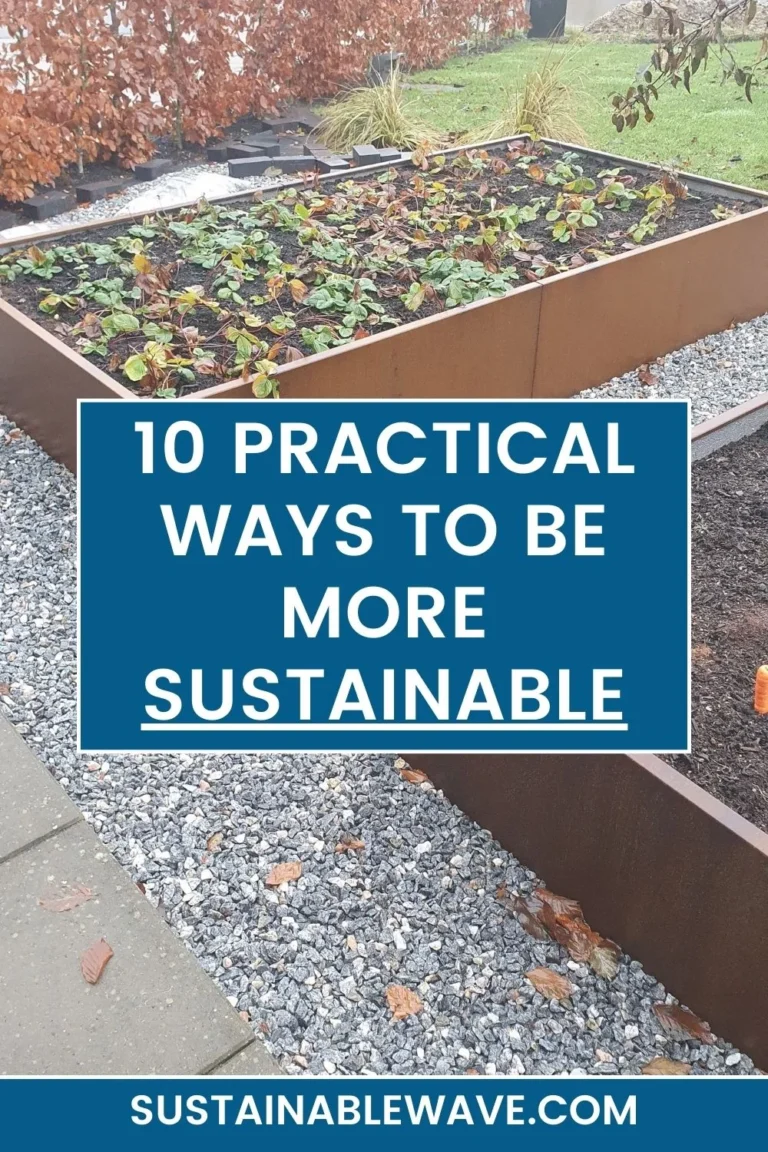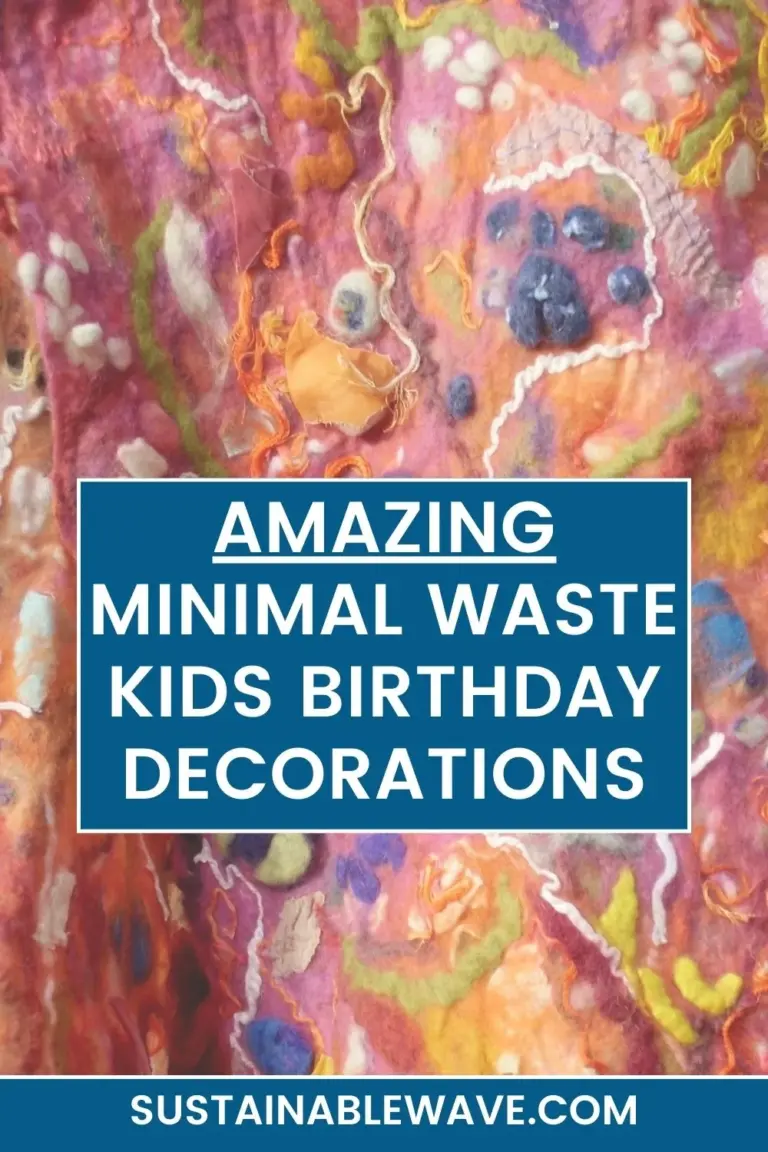As an artist, do you ever find yourself wading through a sea of brushes, paints, and half-finished projects, feeling a tad overwhelmed? You’re not alone!
Let’s dive into the world of minimalism tips for artists – a concept that’s not just about tidying up, but about unlocking our full creative potential.
We’ll explore how embracing minimalism can transform cluttered studios into havens of inspiration, and why less really can be more when it comes to sparking that artistic genius.
Minimalism Tips for Artists That’ll Change Your Life!
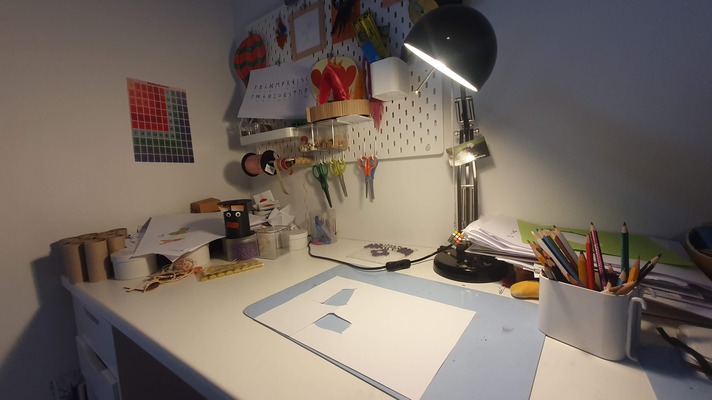
Go grab a cup of your favorite brew, and let’s journey together into creating spaces that breathe creativity and calm.
Reflect on the Usefulness of Items
Ever caught yourself staring at that odd-shaped brush or quirky paint tube, wondering, “When did I last use this?” It happens to the best of us. It’s time to play the role of a gentle critic with our art supplies.
Each item in our studio should have a clear role, like characters in our artistic narrative. If it doesn’t add to your story, maybe it’s time for it to take a bow. This isn’t about being harsh; it’s about honoring the items that truly bring value to our creative process.
So, let’s hold each item with love and ask, “Do you help me paint my dreams?” If not, it’s okay to let go.
Organization and Decluttering
Imagine your studio being as inviting as a blank canvas, ready for your next masterpiece. It starts with decluttering – a bit like editing a beautiful piece of prose.
Sort through your materials, give each one a designated home, and embrace the peace that comes with knowing where everything is.
Remember, a clean space is a fertile ground for creativity. It’s not about having a spotless studio; it’s about creating an environment where your art can breathe and your mind can focus.
Just Embrace the Artist’s Lifestyle
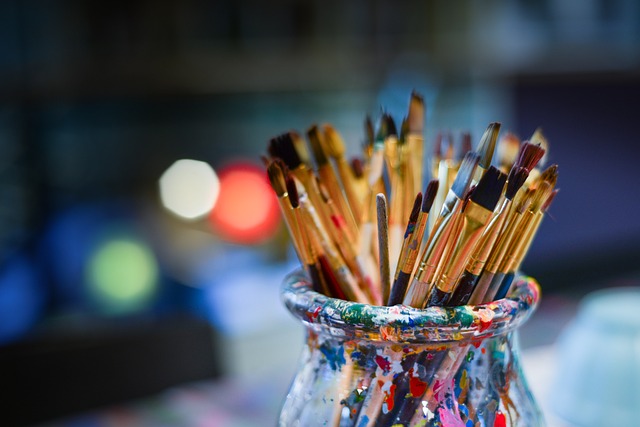
Let’s embrace the beautifully messy journey of being an artist. Our studios are our sanctuaries, where chaos and creativity dance together.
It’s okay if your space doesn’t look like a page from a minimalist magazine. What matters is that it reflects your artistic spirit. Love your unique mess – it’s a testament to your creative explorations.
Every splatter of paint and pile of sketches is part of your artistic journey. So, let’s celebrate the organized disarray, understanding that it’s all part of our beautiful, artistic process.
Downsizing and Prioritization
Downsizing isn’t about stripping away your artistic soul; it’s about making room for more of what sets your heart on fire.
Think of it as curating your personal art gallery. Keep the tools and materials that truly resonate with your current artistic phase. Prioritize the essentials, the things that you reach for time and again.
This process is a journey of discovering what you truly love and need for your art. By focusing on the essentials, we’re not losing out; we’re gaining clarity and space to grow.
Container Method
Have you tried the container method in your studio? It’s like a cozy game of Tetris with your art supplies.
Choose containers that spark joy – maybe a vintage tin for your brushes, or a woven basket for your yarns. The rule is simple: if it doesn’t fit, it’s time to rethink its place in your space.
This method isn’t just about limiting your supplies; it’s about cherishing and fully utilizing what you have. It encourages us to be selective and mindful about our tools, fostering a deep appreciation for each item.
Digital Art

Embracing digital art is like opening a door to a new universe of creativity. It’s not just about reducing physical clutter; it’s about expanding your artistic horizons.
With tools like tablets and software like Procreate or Adobe Suite, the possibilities are endless. You can experiment with countless textures, colors, and styles – all in a single device. It’s a minimalist’s dream!
Plus, it’s incredibly portable; your entire studio can now fit in your backpack.
Whether you’re a traditional artist looking to dabble in digital or a tech-savvy creator, exploring the digital realm can add an exciting layer to your artistic journey.
Regular Re-evaluation
Regular re-evaluation of our art supplies is like spring cleaning for the soul.
Every few months, take a moment to sift through your materials. Ask yourself: “Is this still serving my artistic vision?” It’s about staying true to your evolving style and interests. Maybe that set of pastels you loved last year doesn’t excite you anymore, and that’s okay.
Regular re-evaluation helps us stay aligned with our current creative path and makes space for new, inspiring materials. Plus, it’s a great way to rediscover forgotten treasures in your collection.
Storage Solutions
Finding the right storage isn’t just about tucking things away; it’s about creating a flow in your workspace that matches your creative rhythm.
Think shelves that showcase your beautiful canvases, drawers that neatly hold your cherished tools, or clear boxes where you can see your rainbow of paints. The goal? To have everything you need at arm’s reach, but not in the way of your creative energy.
A well-organized space can be like a muse, inspiring and facilitating your artistry.
Setting Limits
Setting limits in our art space is like drawing the perfect frame around a masterpiece. It’s about defining the physical and mental space where our creativity can roam freely, yet purposefully.
This might mean dedicating a specific area for each type of art supply or setting a limit on the number of ongoing projects. By creating these boundaries, we avoid the overwhelmed by endless choices and scattered thoughts.
It’s not about restricting our creativity but channeling it more effectively. Remember, even the wildest gardens have their borders, and within them, they flourish beautifully.
Prioritize and Sacrifice
Prioritizing and sacrificing for our art is a testament to our dedication. It’s about making those tough choices – like maybe choosing more space for your easels over an extra comfy couch.
Each time we make a choice in favor of our art, we’re reaffirming our commitment to our craft. It’s not about deprivation; it’s about consciously deciding what matters most in our artistic journey.
These choices shape not only our physical spaces but also our identities as artists.
Mental Approach
Our mental approach to minimalism in art is as important as the physical aspect. It’s about nurturing a mindset that sees the beauty in simplicity and finds clarity amidst the chaos.
This mindset helps us make peace by letting go of things that no longer serve us and cherishing what truly inspires. It’s about understanding that our creativity isn’t defined by the number of tools we own but by the depth of our imagination.
Let’s cultivate a mental space where creativity flows unimpeded by clutter, where each tool and material is a cherished companion on our artistic journey.
Embracing this mental approach to minimalism can lead to a more focused, inspired, and fulfilling creative process.
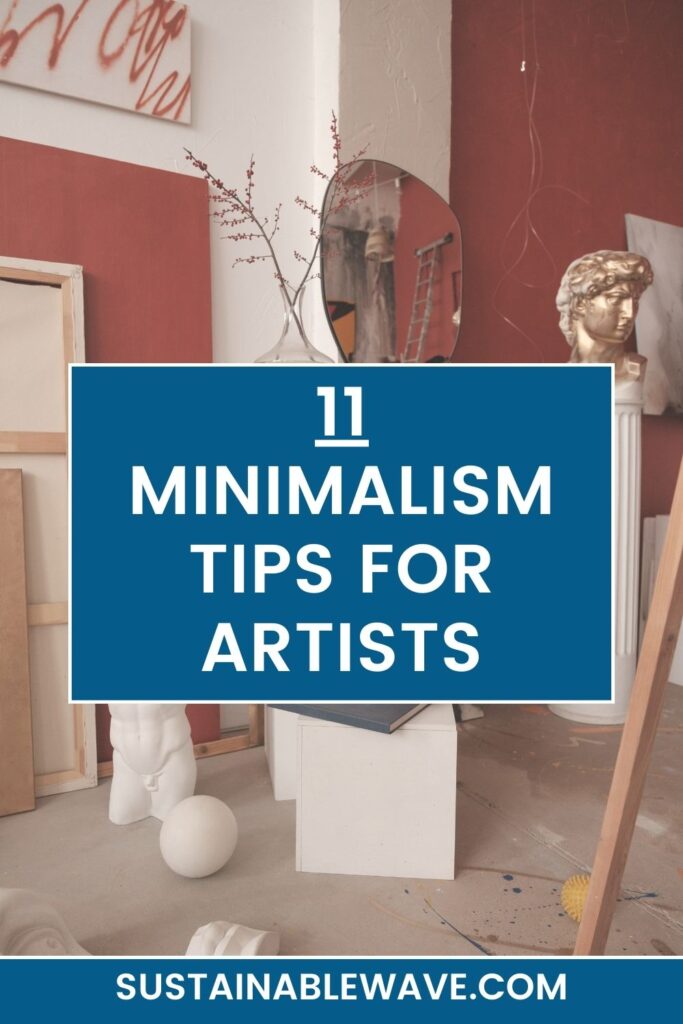
I’m Thomas, the owner of SustainableWave. Passionately promoting a sustainable planet. With experience in various eco-roles, I’ll share green tips, sustainability hacks, and personal eco-journeys on my blog.

